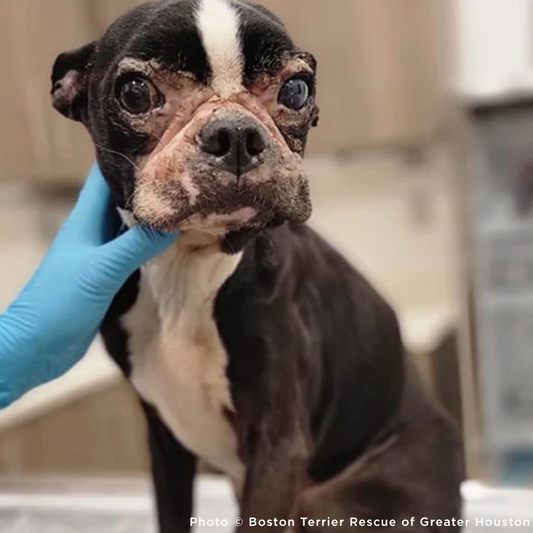Researchers Discovered 72 Genes Linked to Autism That May Aid in Diagnosing the Condition
Ergil Ermeno
Throughout the years, people diagnosed with autism have undergone various assessments to determine the condition. There are no objective medical tests capable of identifying the disorder. The diagnosis is based on the child's development — which is observed during their 18–24-month checkups.
Pediatricians will ask parents about their own observations, or they may require them to answer questionnaires. Working with a pediatrician to determine if the child has an autism spectrum disorder is vital. Once diagnosed, they can get help early, and parents can plan for the future.
Recently, medical researchers discovered a breakthrough in creating therapeutics and diagnosing autism. According to their findings, autism is connected with 72 genes, and about more 250 may be linked to the disorder. The study was conducted by scientists from various universities, and their work was published in the journal Nature Genetics.
During the research, 20,000 out of 150,000 participants were diagnosed with autism, leading to the recent discovery. The data used in the study was from Simons Powering Autism Research, also known as SPARK. It included 43,000 samples of genetic data, which showed differences in genetic influences in the autism spectrum.
"Autism is a spectrum and includes individuals with profound autism who often have cognitive differences and/or epilepsy, as well as individuals who are talented and exceptional, often in specific areas. We are now appreciating that the genetic contributions to different phenotypes vary in terms of the genes involved; when those genes are activated during brain development; and how common some of the genetic variants are in the population," explained Wendy Chung, M.D., Ph.D., principal investigator of SPARK.
Moreover, the study also found out that autism isn't only hereditary. DNV or de novo variants were determined in the autism genes. Of the participants, 20 percent of them have shown this result. The DNV are variants that are germ cells initially found before the conception of the child, and it is important to know that those variants seriously affect the brain. One of the lead authors, Pamela Feliciano, Ph.D., SPARK's scientific director, explained the discovery's significance.
"For many years, we have known from twin studies that there must be inherited genetic variants that lead to autism, but we have not been able to systematically identify individual genes until now," she shared. "We have now identified a group of genes associated with autism that can include inherited variants, which begin to explain a different part of the autism spectrum."
With the number of data and participants in the study, the authors had a more profound understanding of developmental disability. "This is significant in that we now have more insights as to the biology of the brain changes that underlie autism and more potential targets for treatment," co-author Joseph D. Buxbaum, Ph.D., said. "These analyses indicate that there are shared genetic risk factors between autism and other neurological and psychiatric disorders," he continued.
Dr. Buxbaum also explained why genetic testing must be permitted for diagnosing the condition and developing therapeutics. "The more we can advance therapeutics, based on the targets identified in these genetic findings, the more people we have the potential to help, which could have a significant impact in addressing autism and developmental delay worldwide."
This research breakthrough has paved the way for future findings. The gathered data can help families understand autism much better. Families might not have to take their child for several assessments to determine the condition — providing them help much earlier than before.

I strive to learn and excel more in content creation, including blog writing, graphic design, social media posts, and video editing. Photography is one of those skills that I take an interest in. However, I do not use my photography skills for work as I treat the activity as my hobby. My usual subjects are my pets and loved ones. The lovely fur babies at home make photography even more fun, especially now that I am in a remote setup for work.

 Photo: Unsplash/CDC
Photo: Unsplash/CDC Photo: Pexels/Edward Jenner
Photo: Pexels/Edward Jenner Photo: Pexels/Mikhail Nilov
Photo: Pexels/Mikhail Nilov Photo: Pixabay/Furiosa-L
Photo: Pixabay/Furiosa-L Photo: Pexels/Edward Jenner
Photo: Pexels/Edward Jenner


















